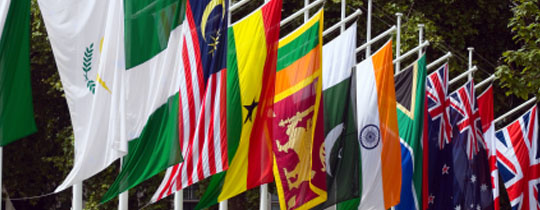13th March 2017 Holy See
The Commonwealth and the Holy See

The Commonwealth and the Holy See represent the two largest soft power networks in the world. The Holy See has over 1.2 billion faithful globally, and a network of Bishops, NGOs and religious congregations which reach deep into the societies of the countries where they live. The Commonwealth is made up of 52 countries with a total population around 2.4 billion citizens. There is overlap: there are about 140 million Catholics throughout the Commonwealth, and many Commonwealth nationals occupy senior positions. In the last intake of Cardinals the Commonwealth was well represented, with new Cardinals from Bangladesh, Mauritius, Lesotho and Malaysia. Seven Commonwealth countries have resident Ambassadors to the Holy See.
Both organisations have similar core values: focusing on people, championing human rights and protecting the poorest and most vulnerable. The 2015 Commonwealth Heads of Government Meeting which was held in Malta, committed the organisation to championing the implementation of the Sustainable Development Goals – an objective which also ties in with the priorities of the Holy See. Both have global networks, reaching out to the world.
Both institutions are deeply concerned with peace-building. The theme of this year’s Commonwealth Day (13 March) is “A Peace-Building Commonwealth”, which reaffirms the principle set out in the Commonwealth Charter that “international peace and security, sustainable economic growth and development and the rule of law are essential to the progress and prosperity of all.” The Holy See would agree wholeheartedly with these.
Historically there has been little cooperation or contact between the two institutions. But there is no strong reason why this should continue. Part of our role here is to try to help bring the two sides closer together. It may be a gradual process, but the potential gain is large.
